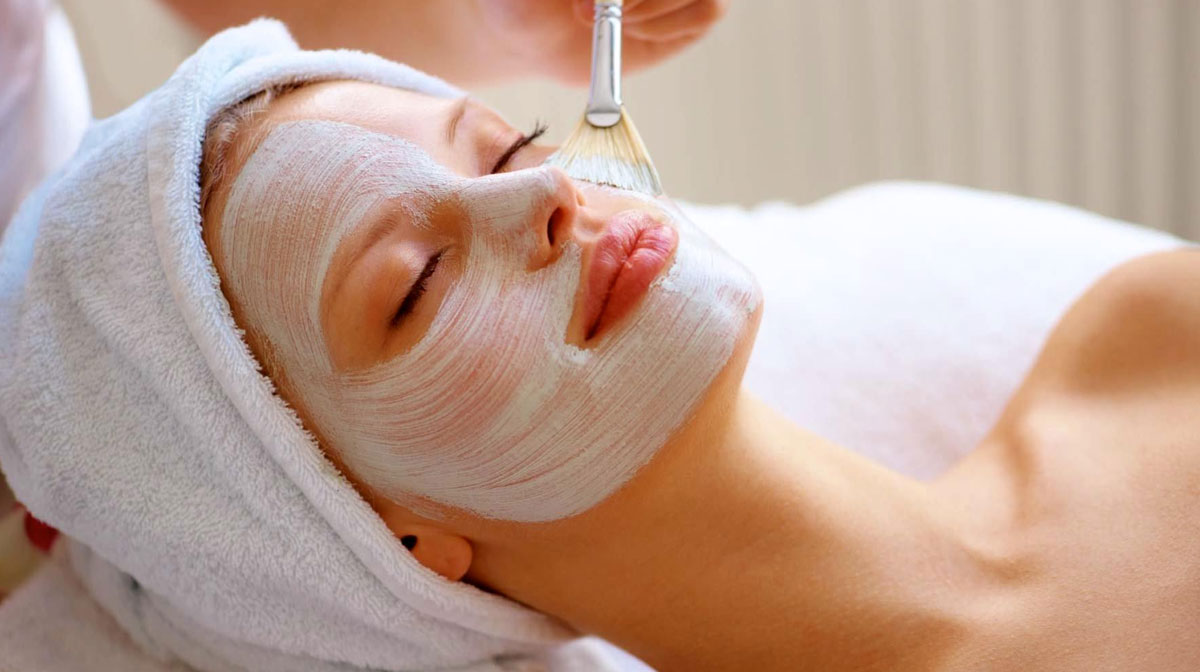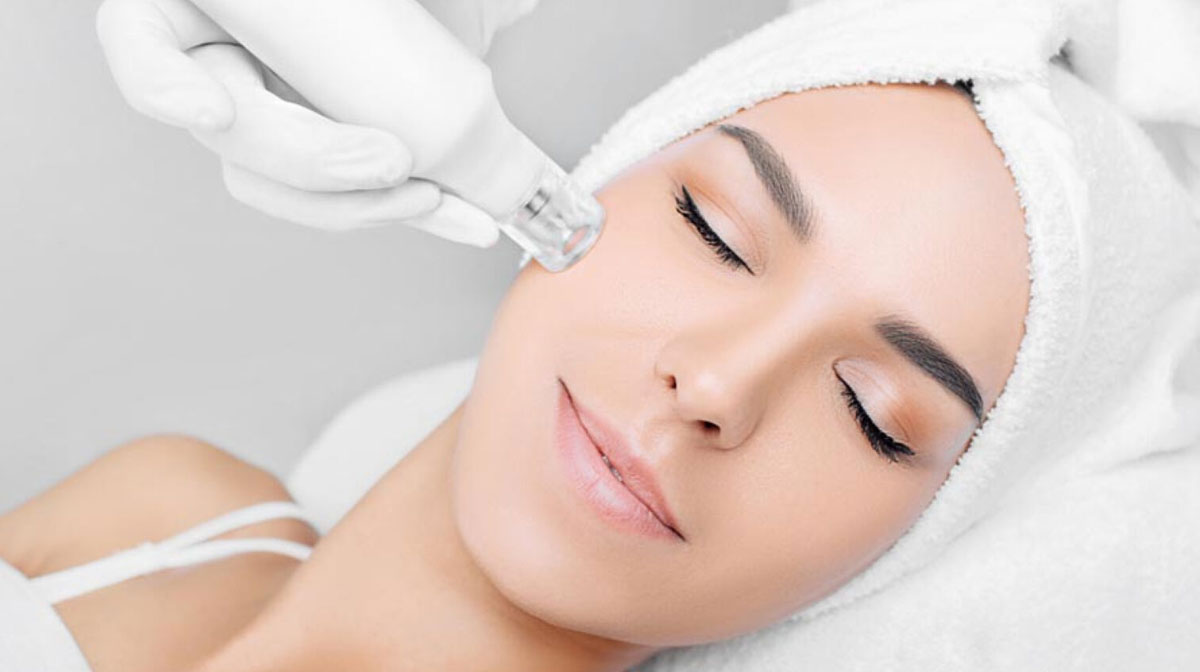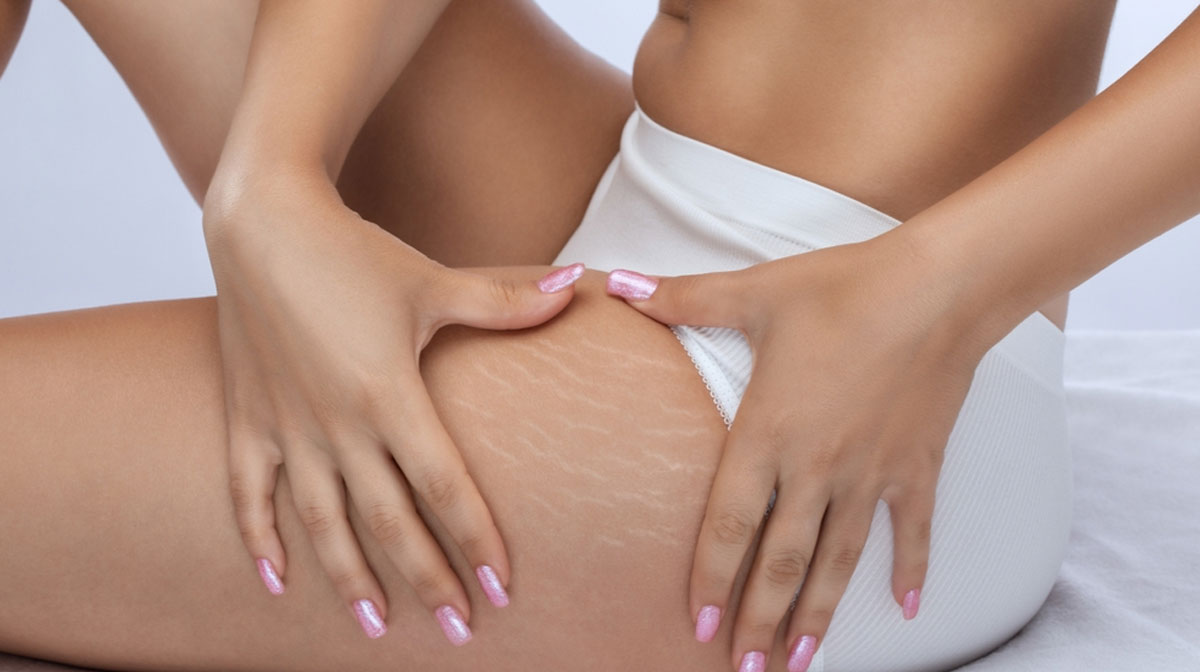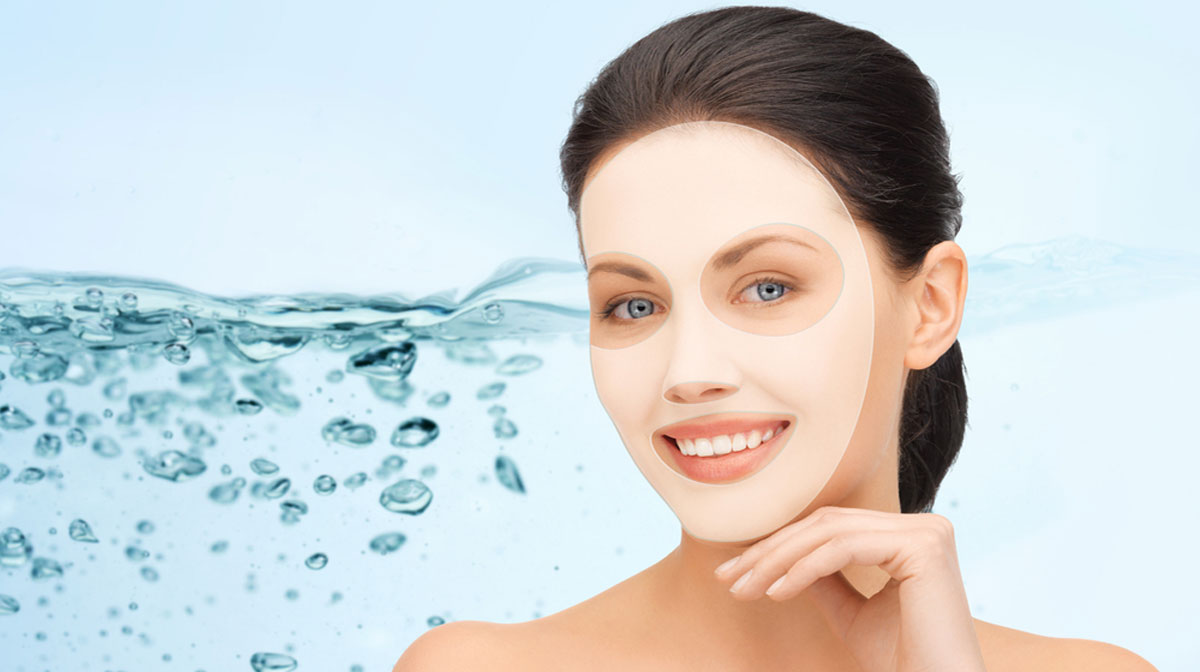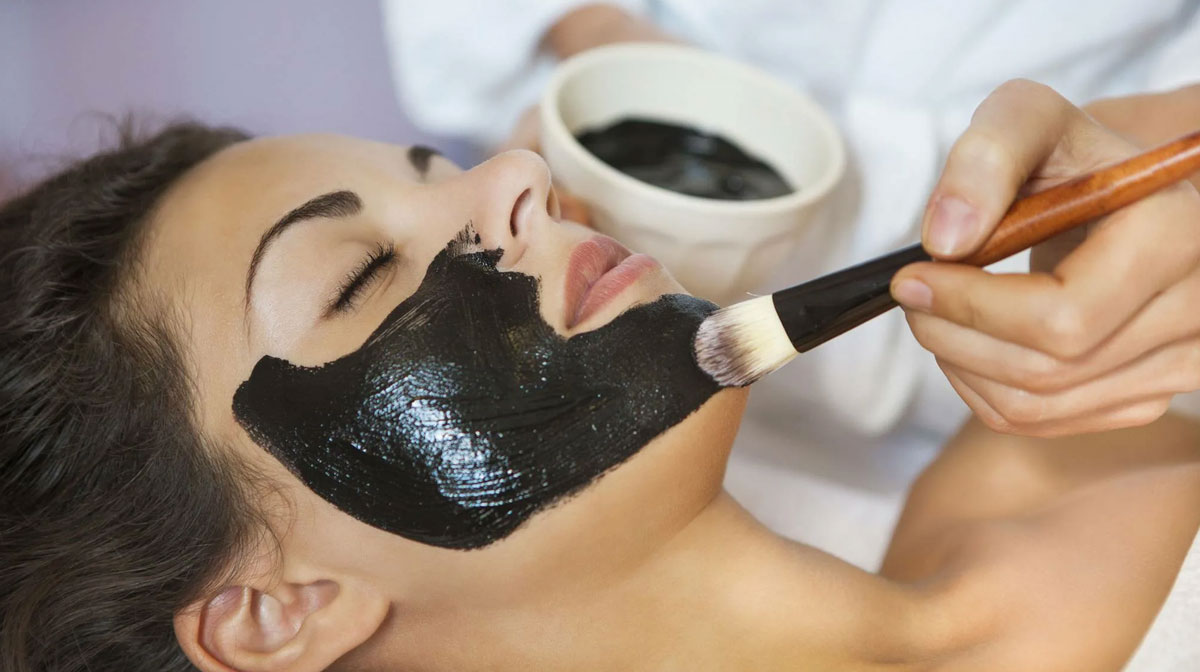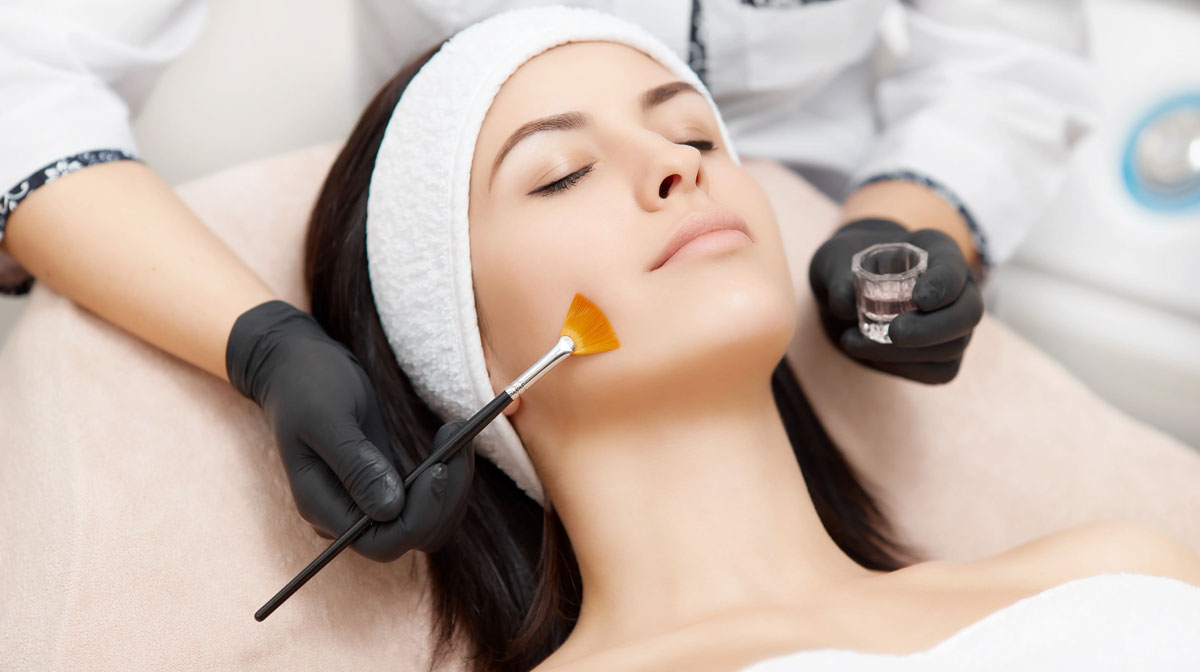- Malad West, Mumbai
- +91-7400188399
- mccmumbaicosmeticcentre@gmail.com
Skin PRP Treatment
Skin PRP Treatment in Mumbai
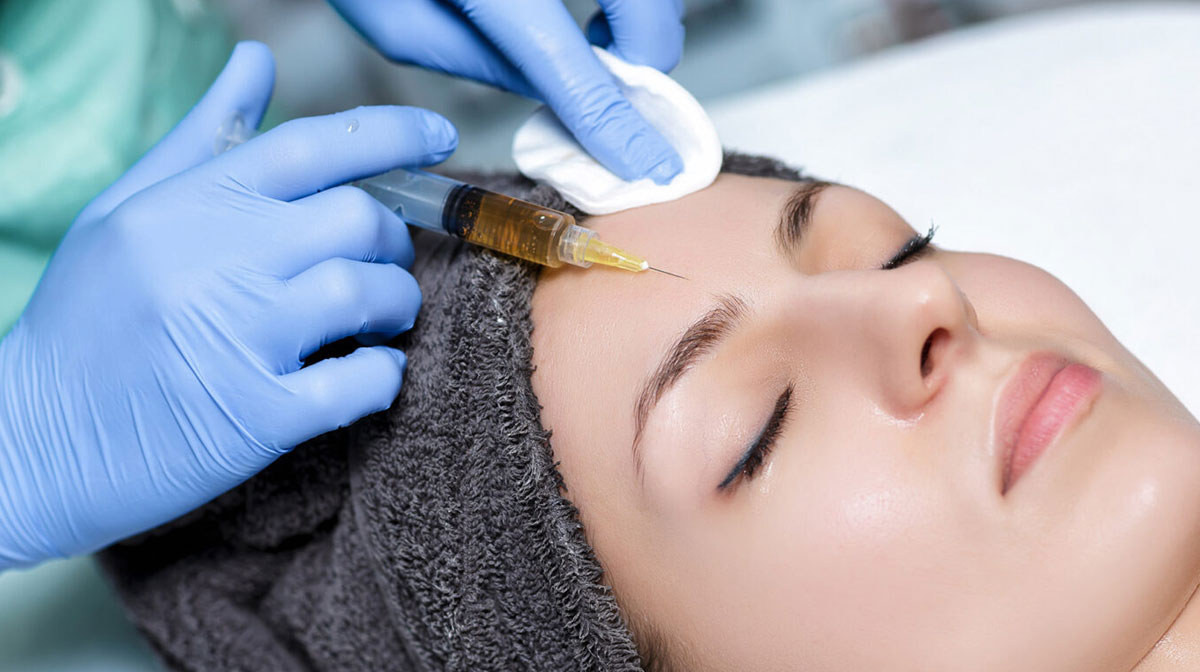
What is Skin PRP?
Platelet-Rich Plasma (PRP) therapy is a technique of using a patient's blood to promote healing and rejuvenation in various areas, including the skin. PRP includes a high concentration of platelets, growth factors, and other proteins that play a significant role in tissue repair and regeneration.
Skin PRP utilizes this concentrated plasma to stimulate collagen production, improve skin texture, reduce fine lines and wrinkles, and enhance the overall skin tone and elasticity. It's a minimally invasive procedure that enhances the body's natural healing mechanisms to achieve remarkable cosmetic results.
Mumbai Cosmetic Centre offers Skin PRP treatment in Malad mumbai , harnessing your body's natural healing power for rejuvenated, glowing skin. Book now!
Benefits of Skin PRP
Collagen Stimulation:PRP promotes the production of collagen, a key protein that maintains skin structure and firmness. Increased collagen leads to smoother, more youthful-looking skin.
Reduced Fine Lines and Wrinkles:By enhancing collagen and elastin production, PRP can diminish the appearance of fine lines and wrinkles, especially around the eyes, mouth, and forehead.
Improved Skin Texture:Patients often notice a significant improvement in skin texture, with reduced roughness, enlarged pores, and acne scars becoming less noticeable.
Enhanced Skin Tone:PRP can help even out skin tone by reducing hyperpigmentation, redness, and discoloration, resulting in a more radiant complexion.
Natural and Safe:Since PRP is derived from the patient's blood, it carries minimal risk of allergic reactions or side effects, making it a secure option for many individuals.
Top Skin PRP Experts in Mumbai
Frequently Asked Questions (FAQs) about Skin PRP
1. Is Skin PRP painful?
Discomfort during the procedure is typically minimal, especially with the use of numbing cream. Patients may experience mild soreness or redness post-treatment, which subsides quickly.
2. How soon can I see results?
Results vary among individuals, but many patients notice improvements or changes within a few weeks after the initial treatment. Optimal results often become visible after multiple sessions spaced several weeks apart.
3. Are there any side effects or risks?
PRP therapy is generally safe with least side effects. Some temporary effects may include redness, swelling, bruising, or slight tenderness at the injection sites, all of which usually resolve within a few days.
4. Is Skin PRP suitable for everyone?
While PRP is well-tolerated by most individuals, it may not be suitable for those with certain medical conditions or blood disorders.
5. Can Skin PRP be combined with other treatments?
Yes, PRP therapy can complement various skincare treatments, such as laser therapy, dermal fillers, or chemical peels, to achieve comprehensive rejuvenation and address specific concerns.
6. How long do the results of Skin PRP last?
Results can last anywhere from 6 months to over a year, depending on factors like individual skin response, lifestyle factors, and maintenance treatments. Periodic touch-up sessions can help prolong the benefits.
7. Is there downtime after Skin PRP?
Most individuals can get back to their usual activities immediately after PRP treatment. However, it's advisable to avoid strenuous exercise, direct sun exposure, and certain harsh skincare products for a few days to optimize healing.
8. Can Skin PRP treat hair loss or other conditions?
Yes, PRP therapy has shown promising and very effective results in treating hair loss (androgenetic alopecia), as well as certain orthopedic and musculoskeletal conditions. Specialized PRP protocols may be recommended for these purposes.




